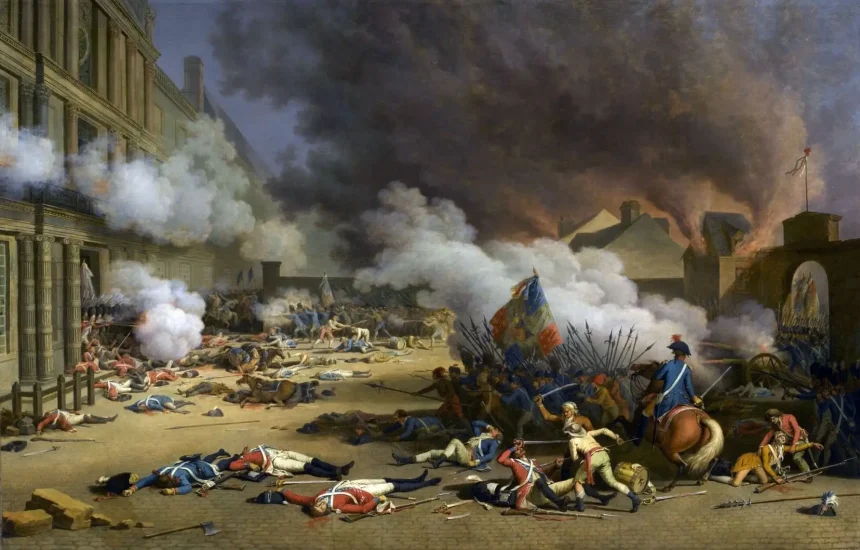French Revolution: Absolute Monarchy Fell in France in 1789
Between 1789 to 1799, during a vital and turbulent moment in history, the French Revolution ended the absolute monarchy.

Between 1789 to 1799, during a vital and turbulent moment in history, the French Revolution ended the absolute monarchy.

